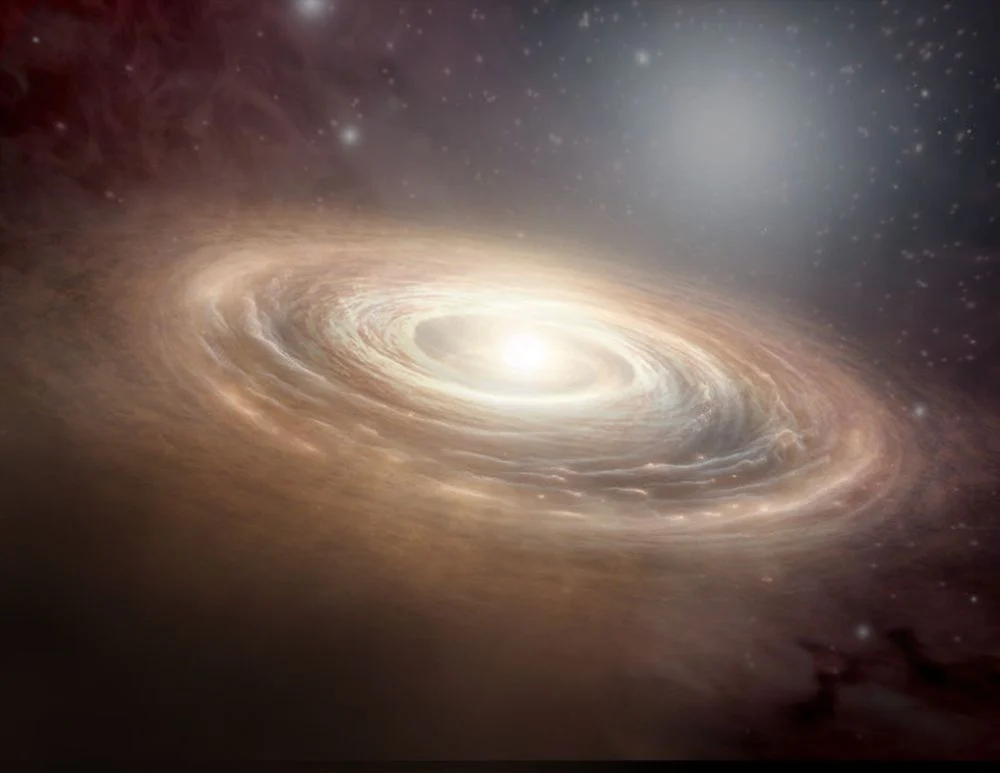Knowridge
12h
285

Image Credit: Knowridge
Why rocky planets form early
- When a young star forms, a protoplanetary disk of gas and dust forms around it, providing insights into planet formation.
- ALMA, a powerful radio telescope system, tracks the evolution of protoplanetary disks and gas to dust ratio changes.
- The AGE-PRO program, using ALMA, observed 30 young disks in different evolutionary phases, revealing how gases evolve.
- Gas giants and ice giants need to form relatively quickly, while rocky planets take longer to develop in protoplanetary disks.
- The gas to dust ratio in disks changes over time, with gas mass rapidly decreasing in the first million years.
- ALMA's observations show differences in evolutionary timescales of gas and dust, impacting planet formation.
- Future studies aim to explore a broader range of disk ages and environmental conditions to deepen understanding.
- The JWST complements ALMA by observing warmer disk regions, aiding in studying rocky planet formation.
- The research by the AGE-PRO team sheds light on the complex process of planet formation in protoplanetary disks.
- Understanding the evolution of protoplanetary disks is crucial for unraveling the mysteries of planet formation in young solar systems.
Read Full Article
17 Likes
For uninterrupted reading, download the app